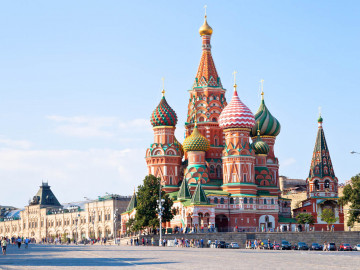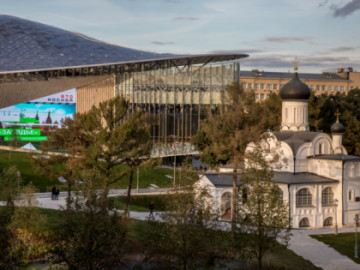Varvarka Street: Churches, Merchant Houses and the Old English Court
Varvarka Street, which appeared on the map of Moscow in the XIV century, is considered one of the most ancient and famous streets of the capital. It connects Red Square with the Varvarka Gates Square. It was here that the road to the ancient city of Vladimir began and it was this street through which Prince Dmitry Donskoy returned to the city after the Battle of Kulikovo.
Varvarka Street got its name in honor of the stone church of St. Barbara the Great Martyr, erected in 1514 and rebuilt in the style of Russian classicism in the XIX century. Throughout its history, Varvarka changed many names, from Znamenskaya and Bolshaya Pokrovka to Razin Street (in 1671 Stepan Razin was taken to execution to Vasilyevsky Spusk down this road). During the October Revolution, Varvarka became the site of bloody clashes, and some historical buildings still keep the traces of bullets.
You can see many old temples on Varvarka Street, such as the church of Maxim the Blessed or the five-domed Church of St. George the Victorious on the Pskovskaya Hill of the XVII century. This is one of the typical old Moscow temples, which stores a unique Icon of Our Lady of Kazan. This image with a lot of dents and damages is a kind of symbol of the Orthodox Church sufferings in the Soviet times. The miracle-working icon has been at the exhibitions in Washington and Vienna. Another unique construction on Varvarka Street is the Old English Court. This is one of the few preserved stone buildings of the XVI century in Moscow, along with the Chambers of the Romanov boyars of the XVI-XVII century, located nearby. Varvarka, the oldest street of the capital, is quite a unique place with its attractive atmosphere of old outgoing Moscow.





































